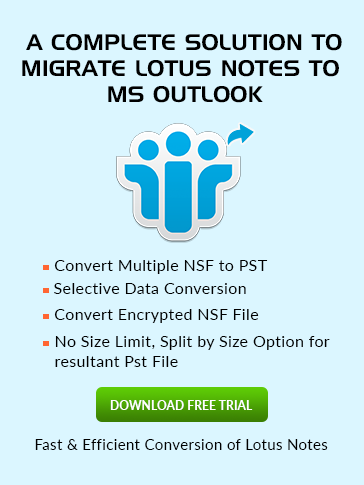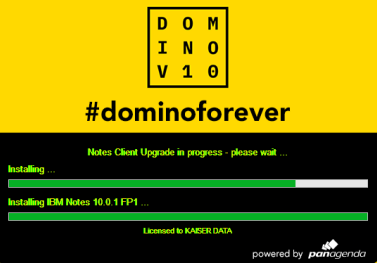

- #Lotus notes client upgrades install#
- #Lotus notes client upgrades drivers#
- #Lotus notes client upgrades full#
- #Lotus notes client upgrades plus#
- #Lotus notes client upgrades windows#

#Lotus notes client upgrades plus#
Notes plus Domino R4.6.4 were both installed into the G:\Notes4 folder (it could have been separate folders, but this works for me, and anyhow I hope that there aren't any of my customers still using R4.6.4).

#Lotus notes client upgrades windows#
The releases should be installed in the following sequence, meaning that when you're finished the Windows registry should have that latest Notes/Domino settings in effect (in this example, Notes 7.0.2):
#Lotus notes client upgrades install#
I'm assuming here that, for development and support purposes, your intent is to install not the simple Notes Client but rather the Domino Designer/Administrator product. Change the drive letters to suit your own situation (and, of course, they don't all have to be installed on the same drive). The scenario is that I install everything on the Windows G: drive - which for historical notebook-PC-related reasons happens to be a logical rather than physical drive, though this does not in any way affect the outcome. This is adequate for my purposes but might not be for yours, in which case either follow the VM path or see if Bill Buchan's tips work for you (these are referenced in my earlier post). Note that this enables you to run each release, but not necessarily concurrently. Here now is a more explicit description than last time about installing multiple releases of Notes/Domino on a single system. And this is not to mention the sad and sorry story about having to purchase 64-bit versions of all my applications, but don't get me started on that!)
#Lotus notes client upgrades drivers#
(I would have used the 64-bit version to overcome this issue, however lack of sufficient drivers prevented me from doing so.
#Lotus notes client upgrades full#
Altogether, it should keep me happy for a couple of months, before I notice that it's not fast enough! I'll certainly be running several virtual machines, but it's a pity that the 32-bit Windows XP version cannot make full use of the 4GB of RAM for applications, reporting only about 3.GB as being available. I pressured hardware specialist Gordon Newell (friend and fellow ex-IBMer) of Chalcot Micro Systems (here in Melbourne, Australia) to build me an ultra-fast yet ultra-quiet desktop machine (it's turned out to be quieter than my latest notebook PC, so I can enjoy listening to quiet music without annoying fan and disk drive noise). With the above in mind, over the Christmas/New Year break I've taken delivery of a brand spanking new desktop system: an AMD Athlon X Dual Core 5200+ processor, with 4 GB of RAM and around 1 TB of mirrored hard disk.

However the performance was a little on the sluggish side, okay for testing purposes but certainly not for continued use. By limiting the separate VMs to no more than about 128 Mb of RAM each, and with the aid of some external USB-attached hard disks, I was able to run three or four virtual machines per notebook. For example, they both happened to be limited to 1GB of RAM. Since mid-2003 I've been using two different notebook PCs as my main development platforms, but they were not expandable enough in terms of processor power, RAM and hard disk to cope with what I was trying to throw at them. It's the cleanest solution, in the sense that each Notes/Domino release has its own separate Windows registry to play with (no chance of OLE/ActiveX conflicts). This is, of course, nearest to running them on separate systems, but it doesn't work too well if your system lacks processing power, especially RAM. The most "generic" solution is to run multiple virtual machines on the one system, each VM having a different Notes/Domino release. Indeed, it could be an extremely difficult and messy way to go about installing multiple Notes/Domino releases! There was also a related post about the possibility of using Junction Points or SoftGrid for Installing multiple Lotus Notes releases on a single system? but, in retrospect, I don't think that this is a useful path to follow. In October last year (2006) I briefly discussed some tips for installing multiple Notes client releases on a single system with some links to other peoples' posts on this topic. So, you're perhaps a developer or a tester or administrator, and are wondering how you go about installing more than one Lotus Notes Client release on your computer.


 0 kommentar(er)
0 kommentar(er)
